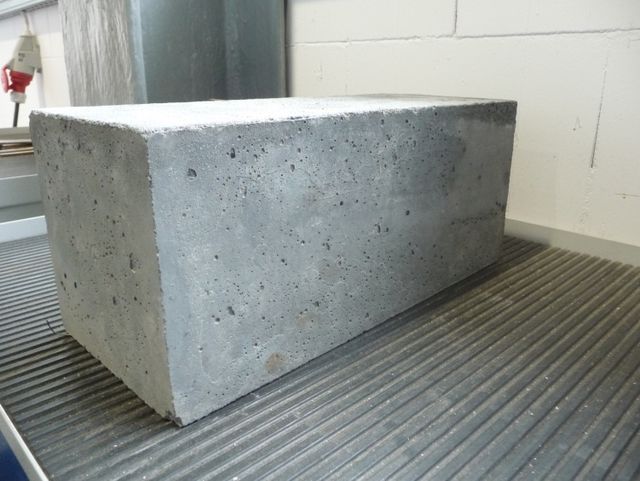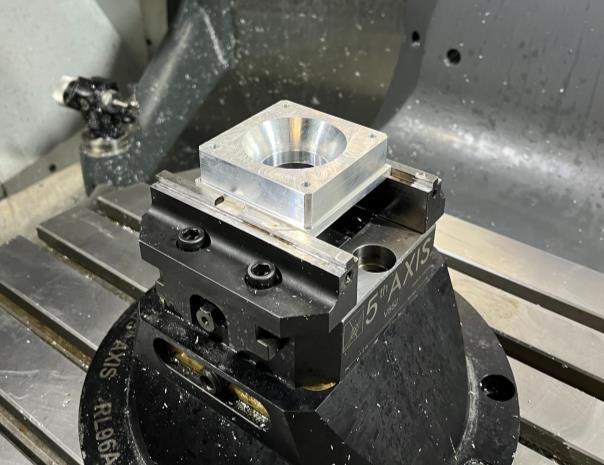Description
Hydrodynamic force spinning is a solution spinning method that allows for the creation of highly aligned solid and hollow fibers without necessitating the use of drawing. This allows for more highly aligned fibers, which tend to have more favorable mechanical properties, such as high strength and modulus.
Seeking
- Collaboration with industry starting January 2025 or August 2025.
Industries of interest
Textiles: Hollow fibers are useful in textiles for their higher strength to weight ratio, higher thermal resistance, and better moisture-wicking properties when compared to the commonly used solid fibers. Creating hollow fibers (and particularly highly aligned hollow fibers) is difficult to accomplish through most fiber spinning methodologies and is relatively easy to accomplish through hydrodynamic force spinning.
- Researcher’s current needs:
- Industry insight and technical consultation and assistance including manufacturing process scale-up.
Carbon Fiber Composites: Hollow fibers are useful in high-performance carbon fiber composites due to their high thermal resistance and better mechanical properties when compared to solid fibers. Improving these qualities in fibers used in carbon fiber composites will help the composites themselves have improved mechanical and thermal properties. In applications in which improvements to the thermal and mechanical properties are very important and worth thousands of dollars or more, such as in high performance aircraft and racecars, this technology can be worth the cost.
- Researcher’s current needs:
- Industry insight and technical consultation and assistance.
In-Vitro Modeling: Hollow calcium alginate (hydrogel) fibers are useful in modeling various mechanisms in the body. Using hydrodynamic force spinning, complex fiber structures can be created including human cells to accurately model the behavior of the systems within the body.
- Researcher’s current needs:
- Industry insight and technical consultation and assistance including help incorporating the alginate fibers into the modeling of various systems within the human body.



